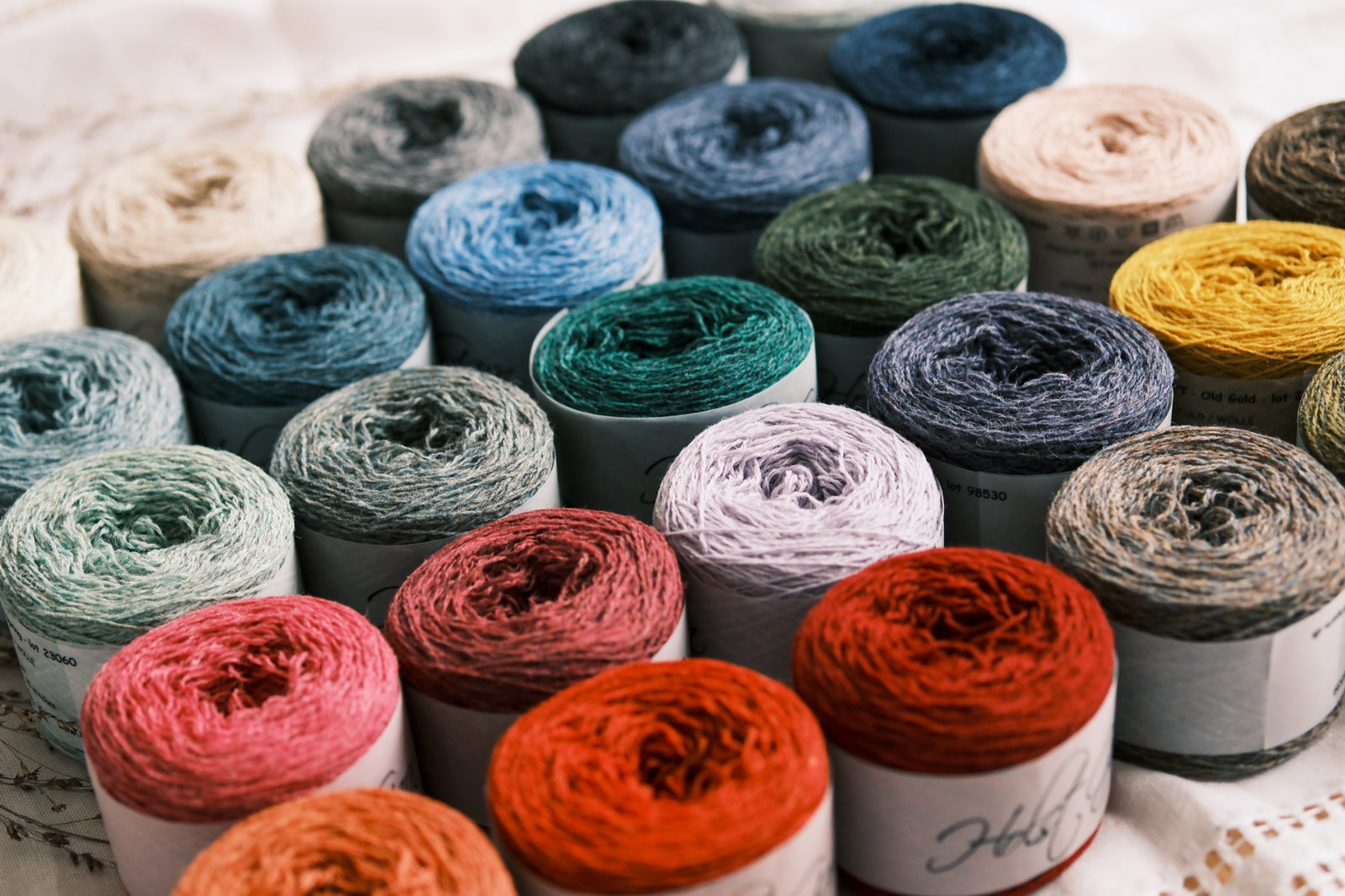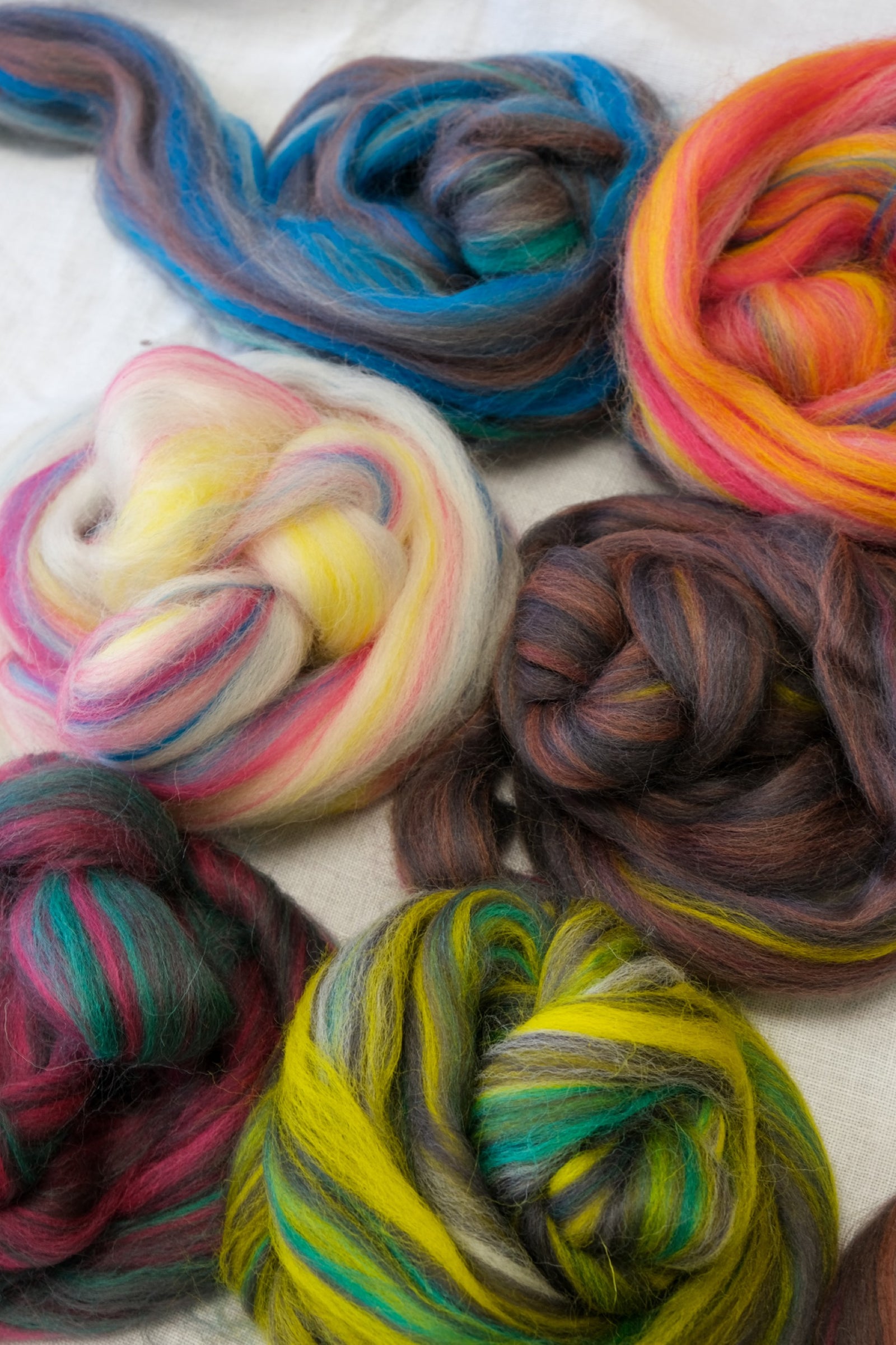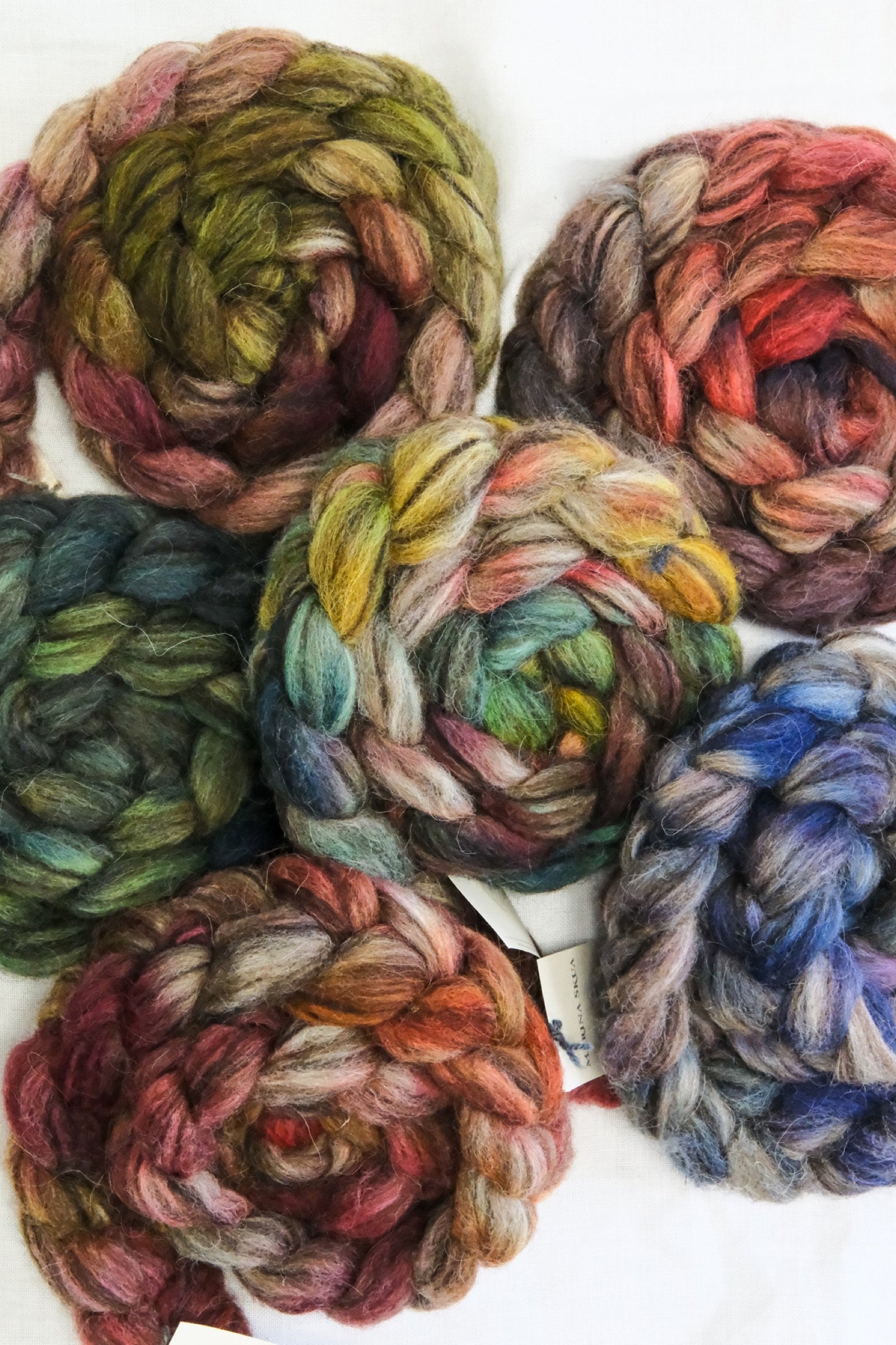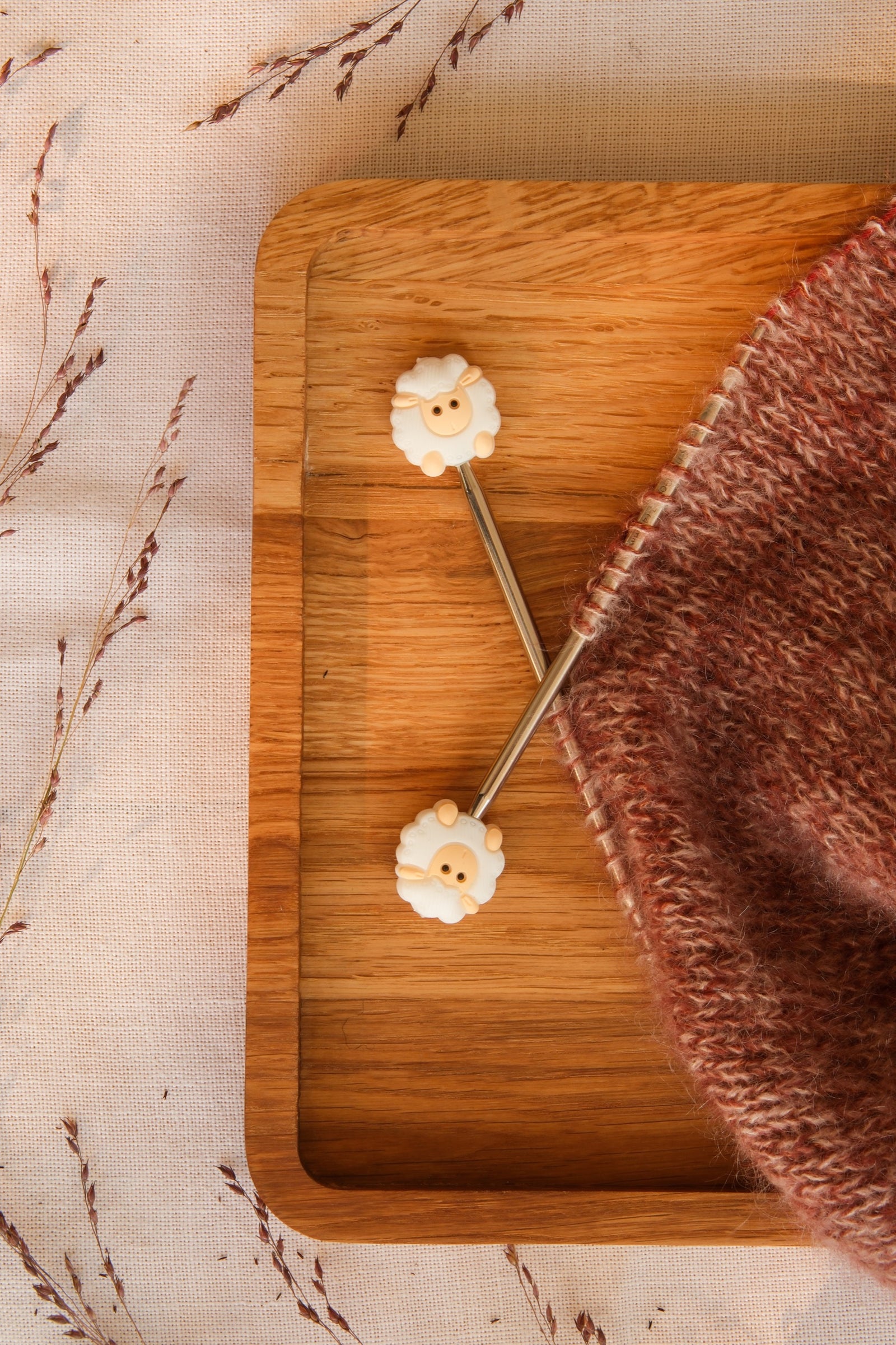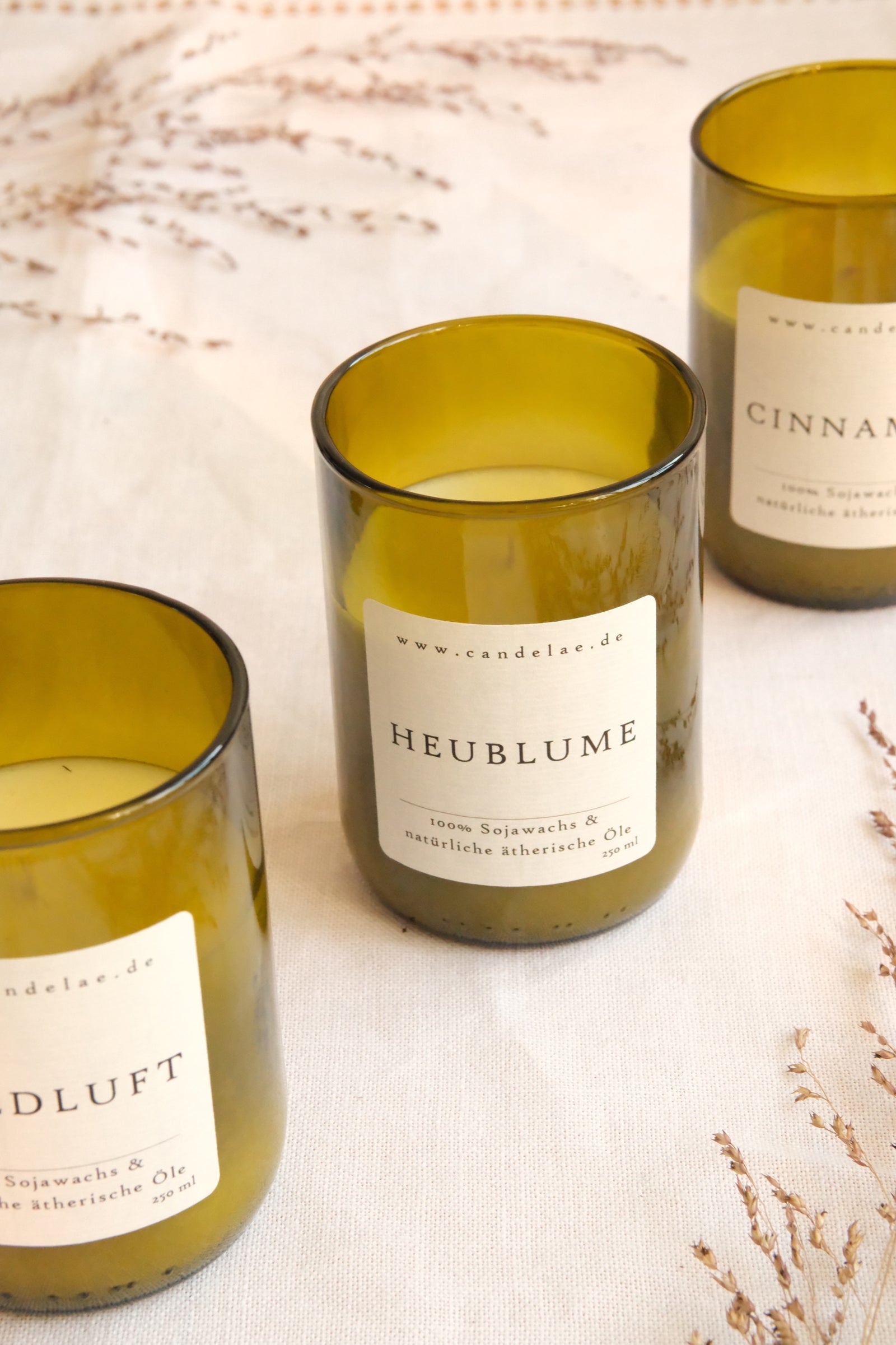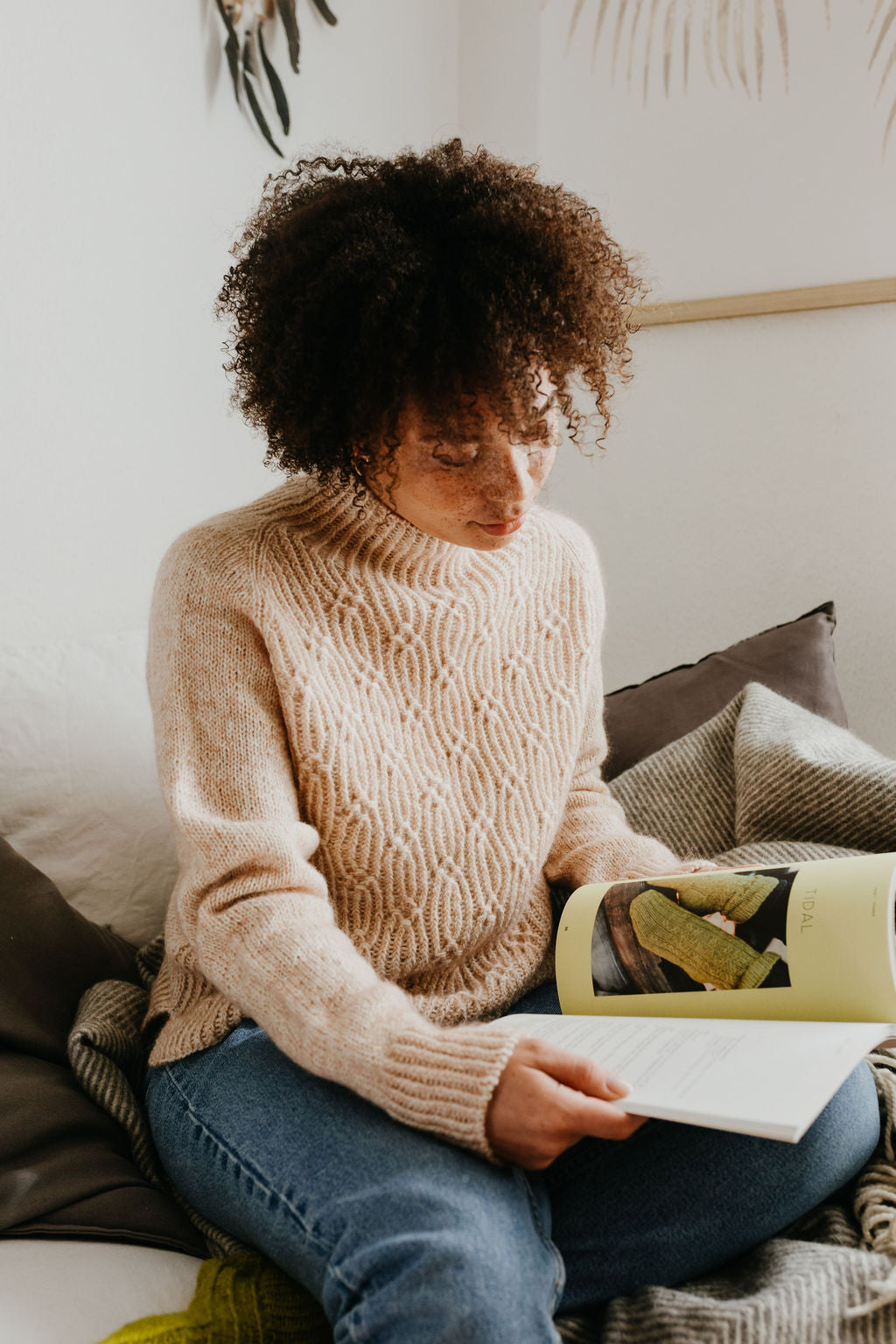Free Shipping on orders over €75 (Germany) | €125 (International)
Free Shipping on orders over €75 (Germany) | €125 (International)
Spinning Fiber
Notions & Gifts
Books, Magazines & Patterns
About Us
We're here to help you stitch sustainability into every aspect of your making.
With our carefully curated selection of non-superwash, plastic-free yarns and notions, we have everything you need to get started on your next project - and the one after that.
Here's to a wardrobe of knits we love and want to wear for years to come!
We're here to help you stitch sustainability into every aspect of your making.
With our carefully curated selection of non-superwash, plastic-free yarns and notions, we have everything you need to get started on your next project - and the one after that.
Here's to a wardrobe of knits we love and want to wear for years to come!

Our Sustainability Pledge

Our Blog
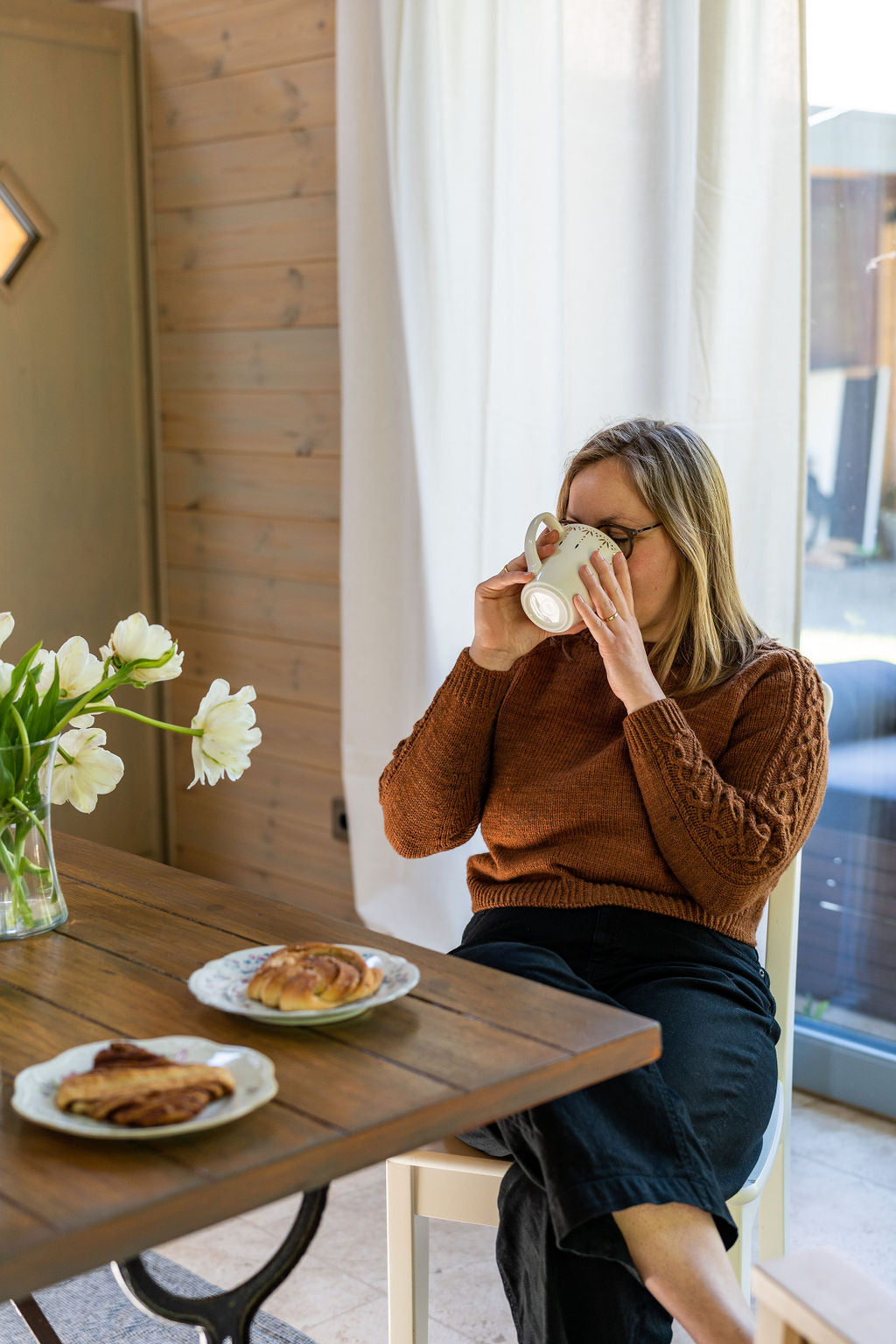
Our Podcast

The Making Stories Collective
Exploring Fibre: Wool
June 10, 2020 4 min read
Hello folks!
If you have been hanging around for a while, or even a few days, you probably know that we think wool is pretty impressive. And we're sure you do too. It has a long list of benefits:
-
It is strong and flexible
-
It will keep you warm even when wet It's moisture-wicking
-
It is naturally anti-bacterial (hello, socks!)
-
It's flame-resistant
-
It repels dirt
-
It is elastic and has memory
-
It comes in tons of natural colours and also plus dyes easily and beautifully.
Today though, I want to go further, to really delve into those fleeces. To explore all the characteristics you can find in wool, and what that means for our knitting. Follow me!
The Uniqueness of Fibre
Each breed of sheep is unique, we can easily see this just by looking at them, and it's the same with their fleece. Just check out the Merino and Teeswater below. We know they're both sheep, but they look entirely different. It's the same with their fibre.

Though each and every animal has its own unique fleece, there are certain elements that they all have that we can use to tell work out what kind of yarn it will be, and what projects it will be best suited for. These are; staple length, crimp, fineness and lustre. Let's take a look at what these are, and what they mean for our yarn!
Staple Length
This is the average length of the fibre growth for an animal over a year. When it comes to our yarn, the fibre length can often influence how it is spun. Shorter fibres (around 2.5 inches or shorter) work best for woollen spun yarns, while longer fibres (3 inches or more) are more suited to worsted spun yarns. A yarn made from a fibre with a long staple length is often more durable and less likely to pill. In contrast, the woollen spun process will preserve the bouncy characteristics usually found in shorter fibres.
Crimp
Have you ever seen a fleece and noticed it has little waves running through it, or curly locks? This is crimp! This texture can have a significant effect on the final yarn; The crimper the wool, the more elasticity it has, so crimpy wools make great socks or other items that need to stretch. Wools with less crimp are a lot more drapey and often lead to a smoother, shinier yarn (see lustre!).
Lustre
Lustre is all about how the fibre reflects light. The make-up of wool is very similar to our own hair - It is covered in tiny cuticles that overlap each other. Some fibres have small, tightly packed cuticles (often found with finer breeds), while others have larger, more spaced out cuticles. Fibres with fine, tight cuticles tend to not reflect the light as much as there is less surface area of the cuticle, and yarns spun from these fibres have a more matte appearance. Fibres with larger cuticles reflect the light much better and therefore have more lustre.
Fineness
This refers to the diameter of the fibre, and in the wool industry, this is measured in microns (a micron is a measurement equal to one-millionth of one meter). The softest fibres tend to have a smaller amount of microns and are best suited for next-to-skin projects, while stronger, more durable fibres have more microns and work best for outerwear or accessories that will have a lot of wear.
 So What Does This Tell Us?
So What Does This Tell Us?
By investigating the characteristics of the fibre, we can start to piece together how it will act as a yarn. It's like finding the answer to a puzzle! Yarn producers will often use this to their advantage when creating a new base. Do they want softness that will also wear well? Choose a yarn with a fibre blend of fineness and another with a long staple length. Something lofty and elastic? Chose a fibre with a short staple length and blend with another with lots of crimp!
Next time, we are going to go a step further in this fibre journey by looking at breed-specific yarns in more depth. We will look at how the characteristics we have explored today are used to categorize the different breeds, and what projects they are best suited to.
Are you already a fan of breed-specific yarns? I will be sharing some of my favourites next time, and I would love to include some of yours too. Please, let me know below!
If you are interested in learning more about working with different fibres from a dyers point of view, I invite you to watch our episode of 'Making Stories Knits With...' with Emma Robinson. Emma is the talented dyer behind Woolly Mammoth Fibre Co. In the interview, she talks specifically about how the different characteristics of the fleece can affect the dyeing process. It also gives a super interesting look into her process. Click the button below to watch!
Leave a comment
Comments will be approved before showing up.
Also in Blog
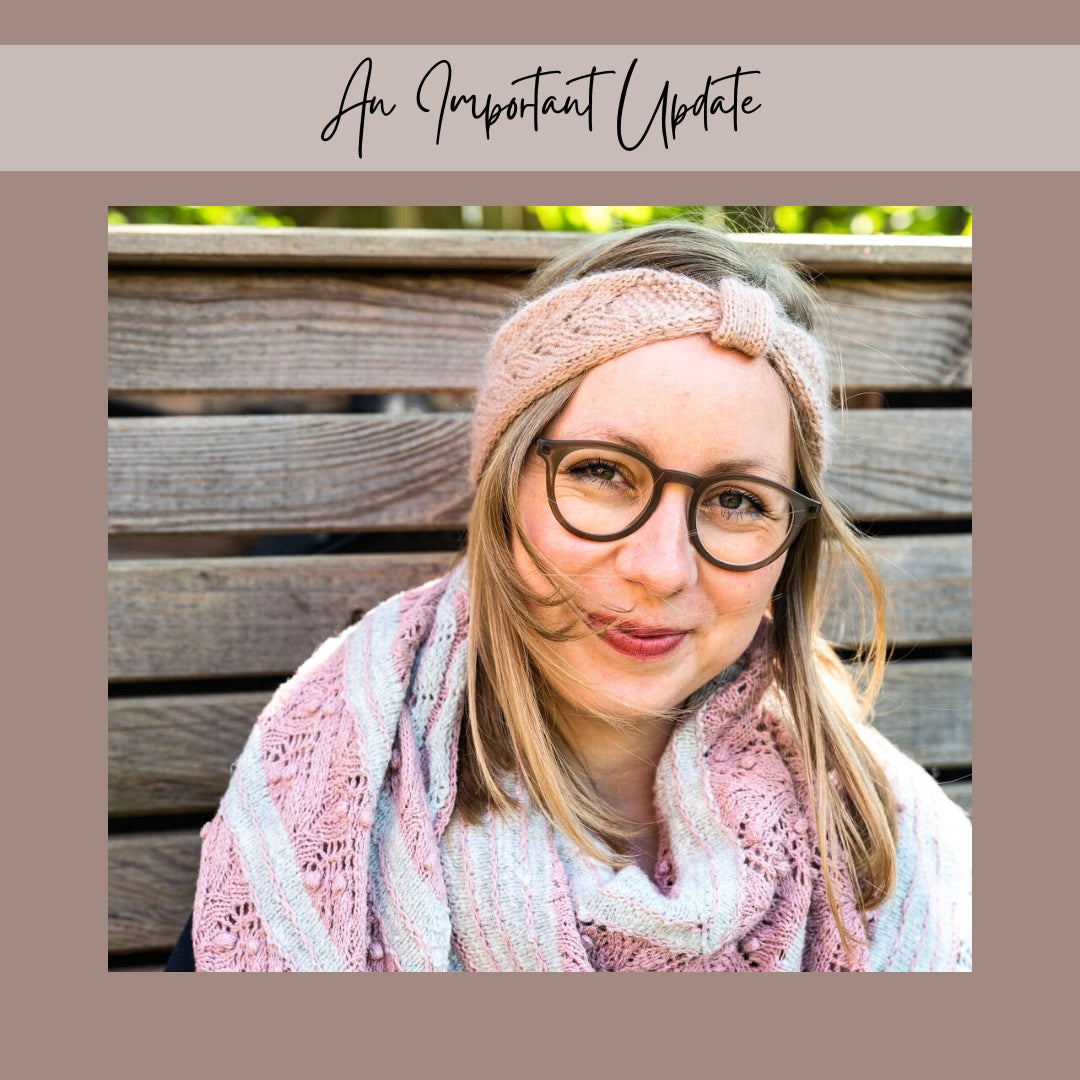
Thoughts on closing down a knitting magazine
November 19, 2024 12 min read
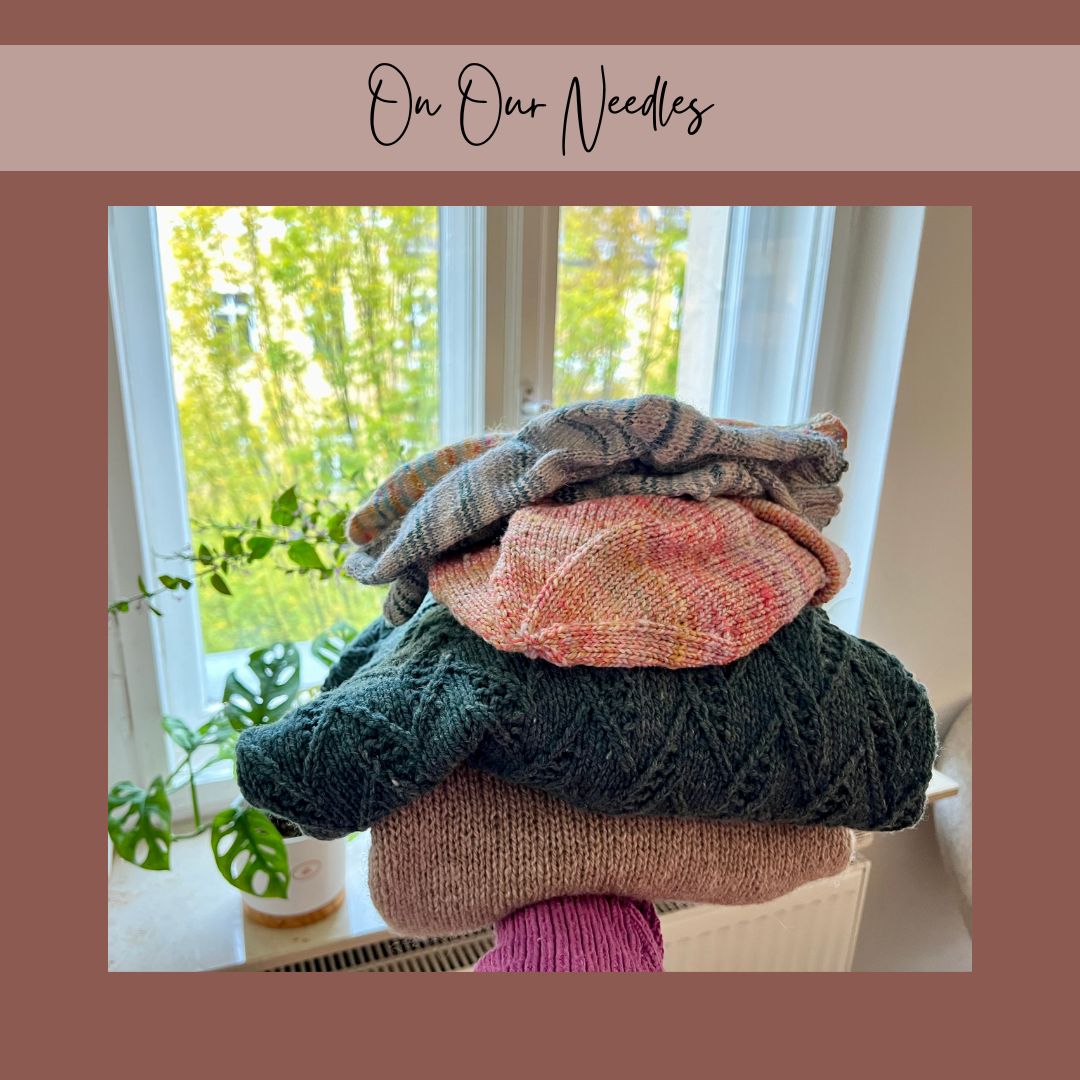
All the knits I finished while recovering from surgery
October 28, 2024 8 min read
About three weeks ago, I had surgery. Nothing major, and it was planned - but it was my first time undergoing general anaesthesia and facing an uncertain recovery period, both of which made me quite nervous. I knew that I was going to be in the hospital for two days, if everything went well, but then it was between one and three weeks of recovering at home, depending on how fast my body was going to heal.
Needless to say, I packed knitting for the hospital, but I didn’t feel like picking up my needles until my second day in the hospital. And then I knit. I knit, and knit, and knit. Curiously enough, I always get the urge to clear off my needles this time of the year - something about the weather changing, sweater season approaching, maybe? And this year, this urge coincided with me wanting to do something while watching copious amounts of Netflix without having to think very hard about what I was going to knit. Win win!

Art Nouveau Sample Preview Video - Issue 12, Fall & Winter 2024
June 26, 2024 1 min read
Who Is Making Stories?
We're a delightfully tiny team dedicated to all things sustainability in knitting. With our online shop filled with responsibly produced yarns, notions and patterns we're here to help you create a wardrobe filled with knits you'll love and wear for years to come.
Are you part of the flock yet?
Sign up to our weekly newsletter to get the latest yarn news and pattern inspiration!
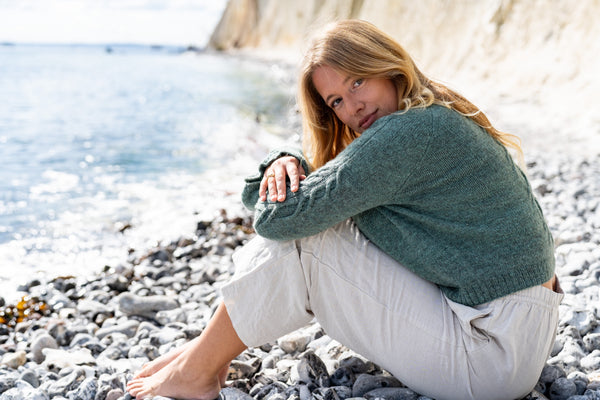
Join the Making Stories flock!
Every Tuesday our newsletter arrives in your inbox, full to the brim with Making Stories goodness. If you would like to join in on the fun, fill in the form below.
As a thank you, we gift you a digital publication of your choice!


